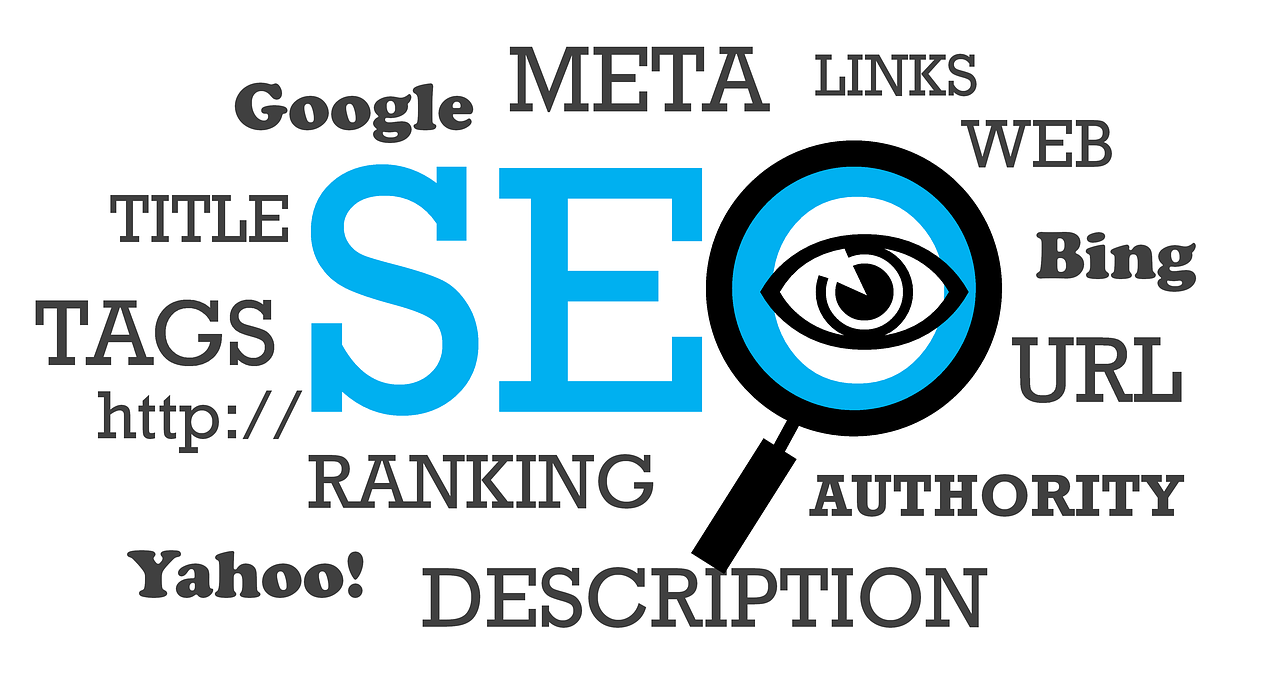The search engine optimization (SEO) market is enormous and it is continually expanding in popularity. Stores may rank better on search engines like Google with SEO. Ranking highly in search can bring your online store a ton of free visitors you can turn into purchases, with Google being the most frequented website in the entire globe.
Make your Website Keyword-Optimized.
Owners of online stores must improve their blog entries, product collections, and product pages. You should include keywords in both the product title and the product description on product pages. In order to rank naturally for product collections, you need to provide some language describing the collection.
Your blog entries should be optimized for three to four pertinent keywords. You achieve this by including the keyword in at least 1% but under 2% of the content. To be sure you’re hitting the appropriate percentage, there are SEO optimization tools you may utilize. The ideal keywords can be chosen using Google Keyword Planner.
Content Freshness
When you update a previous piece, you should take out any out-of-date information and replace it with relevant information. Making this adjustment to your older material improves your search engine ranking. In your highest-performing articles, content freshness is the best practice.
Every three to four months, you should change your content. If you don’t blog on your store, you should think about starting one since it can significantly improve your website’s ranking. You’d have to frequently update your website if you’re opposed to blogging. Regularly outdated products must be deleted, and new products must be introduced.
Make your Meta Descriptions and Titles Attractive
While having them optimized for keywords is always a plus, you also want to make sure they are optimized for clicks. Why should searchers click your link? The best titles for product pages are typically those that are keyword optimized.
Don’t Ever Alter the URL
Broken links from websites that have provided you backlinks can result from changing the URL. When constructing your URL, pay attention to the name you give it. For instance, including a number in your URL may not be a good idea.
If you add more sections to a listicle, the number will change and your URL will become invalid. Choose a URL that is keyword-focused. If you decide to change the URL, utilize a 301 redirection to preserve part of the prior page’s ranking strength and backlinks.
Link Internal Pages
You can include links to product pages in blog entries. You may provide recommended products on the product pages. For the user to be persuaded to click through to other pages of your store, your internal links must make sense. Bounce rates can be reduced using internal links.
When a visitor only stays on one page of your website before leaving, this is referred to as a bounce rate. The worse your bounce rate—the percentage of visitors who leave your website after viewing that page—the closer it is to 100. A bounce rate under 40% is the desired level.
Check the Page Speed of Your Store Sometimes
Your page’s speed may be slowed by large image sizes. To ensure speedier speeds, it’s crucial to compress large photos using resizing tools. Additionally, you don’t want your homepage to be overrun by programs that can slow down your website. Some business owners install several pop-up applications, which can cause your website’s page speed to decrease.
Keep your stuff original. The product websites of many retailers frequently include duplicate content. For a unique campaign, they will put the exact identical lines on every page. Include original content on each page.
Send Google a Sitemap to Crawl and Index Your Website
Google visits your online shop to check if any pages are being advanced. A sitemap has already been prepared for Shopify stores. If your store is not password-protected, it still functions. The more often you update your store (freshness, adding new items to a collection, etc.), the more frequently Google will visit your website. You must submit your sitemap to Google.
In SEO, Distribution is Crucial
Google will probably not rank it highly if you aren’t directing traffic to product sites, blog posts, or collections. To ensure that Google acknowledges the popularity of your store, you must conduct your own outreach. Even though it makes sense to do so for product sites, driving traffic doesn’t always need using sponsored advertisements.
Have a Plan for Obtaining Backlinks
You should get in touch with relevant speciality blogs to exchange backlinks with them. Typically, most links point to the homepage or other blog posts. Writing blog posts several times a week improves your chances of having them read and linked to. Your chances of being linked out increase if you include your own statistics or experiments. Though facts and results might be cited, ideas are more likely to be imitated.
Add More Value to Your Content
You must concentrate on picking up tips from the opposition, whether you expand on a subject in more depth or write a blog post with a longer list of suggestions. Who is the top-ranked person for the desired keyword? Why are they creating content in a way that you aren’t?
Are there additional products in the product collection they rank for? Do they see an increase in traffic? What links are pointing to them? Is the content they produce of higher quality? Discover how they operate so you can outperform them.



